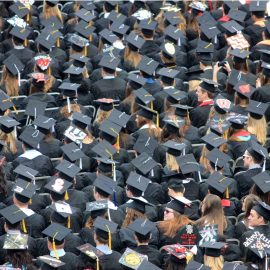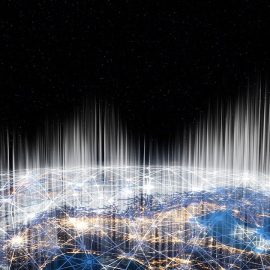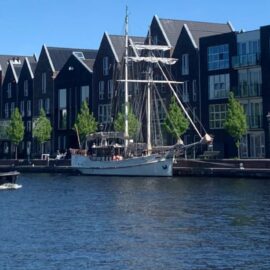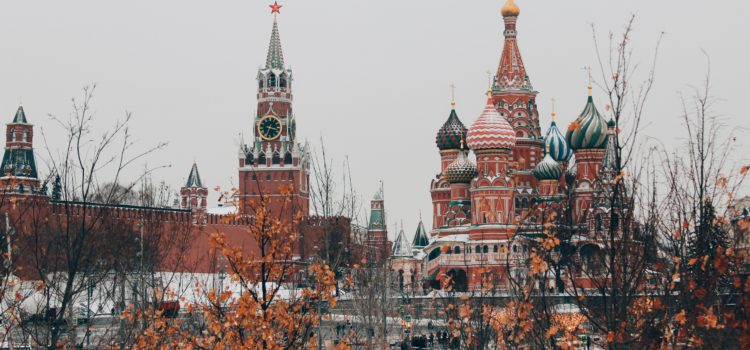
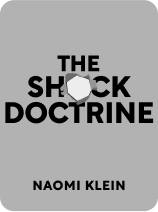
This article is an excerpt from the Shortform book guide to "The Shock Doctrine" by Naomi Klein. Shortform has the world's best summaries and analyses of books you should be reading.
Like this article? Sign up for a free trial here .
When did Boris Yeltsin come to rule in Russia? What changes did he implement upon taking office?
Yeltsin ousted Gorbachev and dissolved the Soviet Union in 1991. Most Russians had never known life without the Soviet Union, and its sudden dissolution came as a huge shock.
Here is what happened to Russia during Yeltsin’s rule.
Boris Yeltsin Comes to Rule
Boris Yeltsin became Russia’s president in 1991. However, his power was overshadowed by Gorbachev, who was president of the entire Soviet Union. Thus, in order to realize his dream of becoming the president, Yeltsin needed to increase his own power and get Gorbachev out of the way.
His opportunity came in August of 1991, when the deposed Communist party unsuccessfully tried to depose him. A group of party members drove tanks up to the Russian parliament building and threatened to attack the democratically-elected parliament. Yeltsin, along with a large group of Russians determined to protect their new democracy, faced down the tanks from the steps of the Parliament building. Eventually, the tanks turned and drove away without harming anyone.
The event was a huge boost to Yeltsin’s popularity, and he leveraged his newfound clout with a brilliant piece of political maneuvering: He formed an alliance with two other republics in the Union. That new alliance effectively dissolved the Soviet Union, forcing Gorbachev to resign.
A proponent of economic neoliberalism, Yeltsin wanted to transition post-Soviet Russia to Friedman-esque free-market capitalism but it couldn’t be done democratically. Therefore, Yeltsin made the bold move of asking Russia’s parliament to grant him one year of emergency powers. He promised that, if he could pass laws unilaterally instead of bringing them to parliament to vote, he could fix the economic crisis and give Russia one of the largest economies in the world.
The emergency powers would effectively make Yeltsin a totalitarian ruler, something that should have been terrifying to Russia’s new democracy. However, he was still popular for his actions during the Communists’ attempted coup, and the country desperately needed foreign aid. Parliament accepted his terms.
With his new powers, Yeltsin immediately put together a team of Russian economists who, though they hadn’t trained at the Chicago School, were such big fans of Milton Friedman that the Russian press started calling them “the Chicago Boys.” Their policies, predictably, were focused on deregulation, privatization, and reducing government spending—classic shock therapy.
Only a week after Gorbachev resigned as president of the Soviet Union, Yeltsin and his “reformers” began the economic shock therapy, which was the second of the three major shocks to the Russian people. Already exhausted and bewildered from the sudden collapse of the Soviet Union, they couldn’t hope to keep up with the dizzying array of changes being thrown at them—which was exactly the point.

———End of Preview———
Like what you just read? Read the rest of the world's best book summary and analysis of Naomi Klein's "The Shock Doctrine" at Shortform .
Here's what you'll find in our full The Shock Doctrine summary :
- A study of the history of economic shock therapy
- How economic shock therapy gave rise to the disaster capitalism complex
- How communities are beginning to recover from the destructive shock treatments


